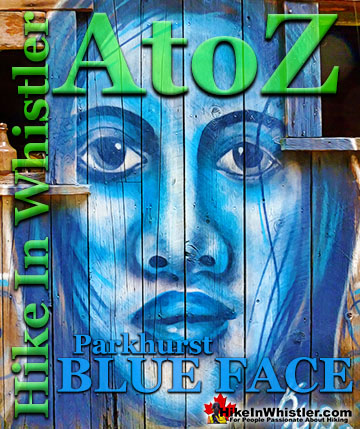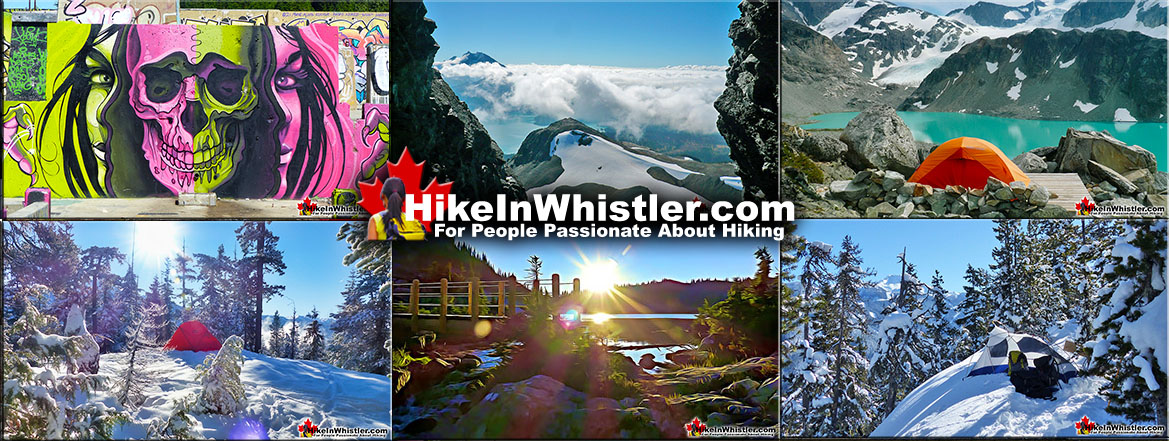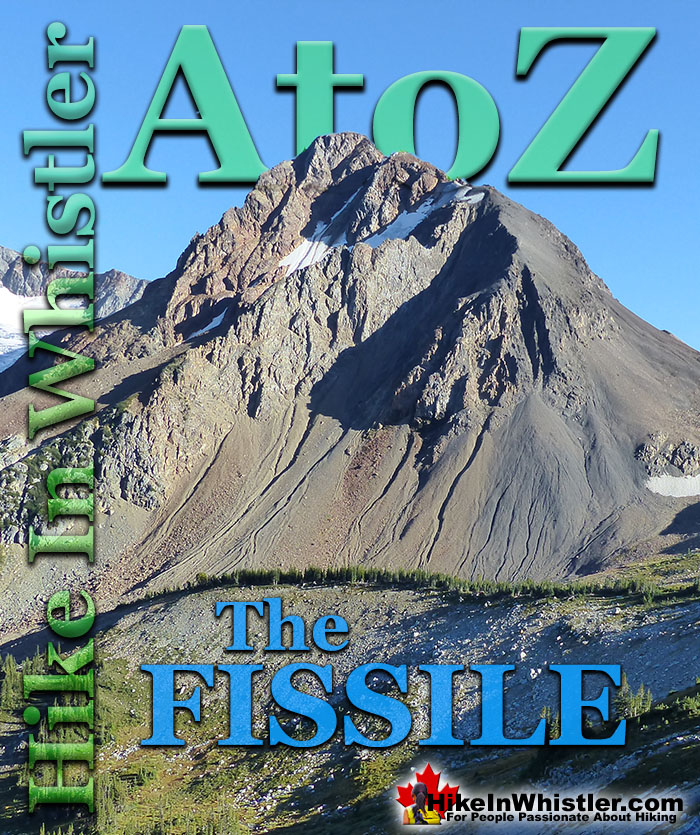
![]() The Fissile is the stunning Matterhorn-looking mountain that is visible from Village Gate Boulevard in Whistler. Looking up from Village Gate you will see the distant Peak2Peak Gondola spanning Whistler Mountain and Blackcomb Mountain. In the background distance you will see The Fissile. In the bright sunshine of summer it will be vibrantly coloured red. In the evening it turns dark red then fades into an ominous black. In the winter months, of course, The Fissile is a striking, white pyramid.
The Fissile is the stunning Matterhorn-looking mountain that is visible from Village Gate Boulevard in Whistler. Looking up from Village Gate you will see the distant Peak2Peak Gondola spanning Whistler Mountain and Blackcomb Mountain. In the background distance you will see The Fissile. In the bright sunshine of summer it will be vibrantly coloured red. In the evening it turns dark red then fades into an ominous black. In the winter months, of course, The Fissile is a striking, white pyramid.
Whistler & Garibaldi Hiking
![]() Alexander Falls
Alexander Falls ![]() Ancient Cedars
Ancient Cedars ![]() Black Tusk
Black Tusk ![]() Blackcomb Mountain
Blackcomb Mountain ![]() Brandywine Falls
Brandywine Falls ![]() Brandywine Meadows
Brandywine Meadows ![]() Brew Lake
Brew Lake ![]() Callaghan Lake
Callaghan Lake ![]() Cheakamus Lake
Cheakamus Lake ![]() Cheakamus River
Cheakamus River ![]() Cirque Lake
Cirque Lake ![]() Flank Trail
Flank Trail ![]() Garibaldi Lake
Garibaldi Lake ![]() Garibaldi Park
Garibaldi Park ![]() Helm Creek
Helm Creek ![]() Jane Lakes
Jane Lakes ![]() Joffre Lakes
Joffre Lakes ![]() Keyhole Hot Springs
Keyhole Hot Springs ![]() Logger’s Lake
Logger’s Lake ![]() Madeley Lake
Madeley Lake ![]() Meager Hot Springs
Meager Hot Springs ![]() Nairn Falls
Nairn Falls ![]() Newt Lake
Newt Lake ![]() Panorama Ridge
Panorama Ridge ![]() Parkhurst Ghost Town
Parkhurst Ghost Town ![]() Rainbow Falls
Rainbow Falls ![]() Rainbow Lake
Rainbow Lake ![]() Ring Lake
Ring Lake ![]() Russet Lake
Russet Lake ![]() Sea to Sky Trail
Sea to Sky Trail ![]() Skookumchuck Hot Springs
Skookumchuck Hot Springs ![]() Sloquet Hot Springs
Sloquet Hot Springs ![]() Sproatt East
Sproatt East ![]() Sproatt West
Sproatt West ![]() Taylor Meadows
Taylor Meadows ![]() Train Wreck
Train Wreck ![]() Wedgemount Lake
Wedgemount Lake ![]() Whistler Mountain
Whistler Mountain
![]() January
January ![]() February
February ![]() March
March ![]() April
April ![]() May
May ![]() June
June ![]() July
July ![]() August
August ![]() September
September ![]() October
October ![]() November
November ![]() December
December
For newcomers to Whistler, The Fissile can go unnoticed for weeks, or even months. Until you find yourself at one of the many perfect vantage points to this beautiful mountain peak, such as Village Gate Boulevard. One little known fact about Whistler is how intricately designed the Village is. The Village Gate entrance to Whistler Village was designed in the late 70’s with one thing in mind. It had to have a view of The Fissile. Originally called Red Mountain, it wasn’t until 1965 the name was changed to The Fissile. One motivation may have been the fact that Red Mountain is a very common mountain name. Two local Whistler legends, Karl Ricker and Neal Carter suggested the name. Karl Ricker was the mountaineering pioneer that, along with Bert Port, Chris Gardner and Alistair MacDonald that skied and mapped out the Spearhead Traverse in 1964. Neal Carter was an even earlier mountaineering pioneer that was the first to explore many Whistler area mountains in the 1920’s and 1930’s. Photographing and documenting many first ascents of Whistler area mountains like Wedge Mountain and Mount James Turner. The name The Fissile is derived from the geological term fissility. Fissility refers to the tendency of certain rocks to split along flat planes of weakness. Sedimentary rocks like shale and slate to develop planes of weakness along layers during compaction. The Fissile is a mountain of red slate and a remarkably beautiful example of a mountain showing fissility.
Peak2Peak Gondola and Overlord and The Fissile in the Distance
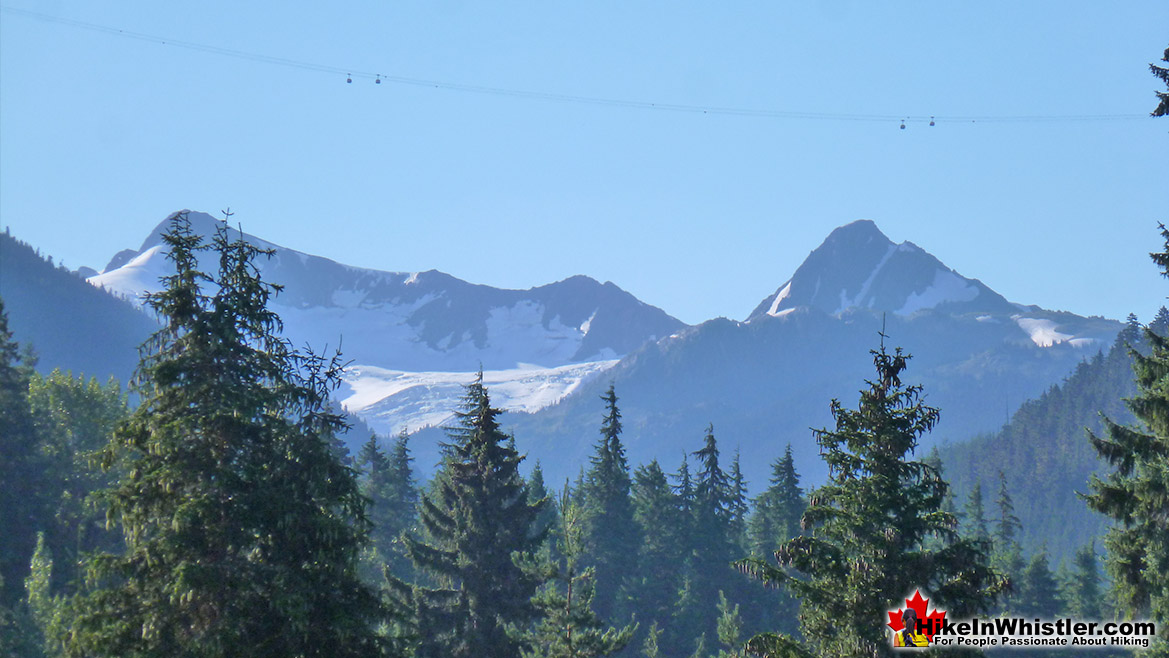
Peak2Peak Gondola and The Fissile
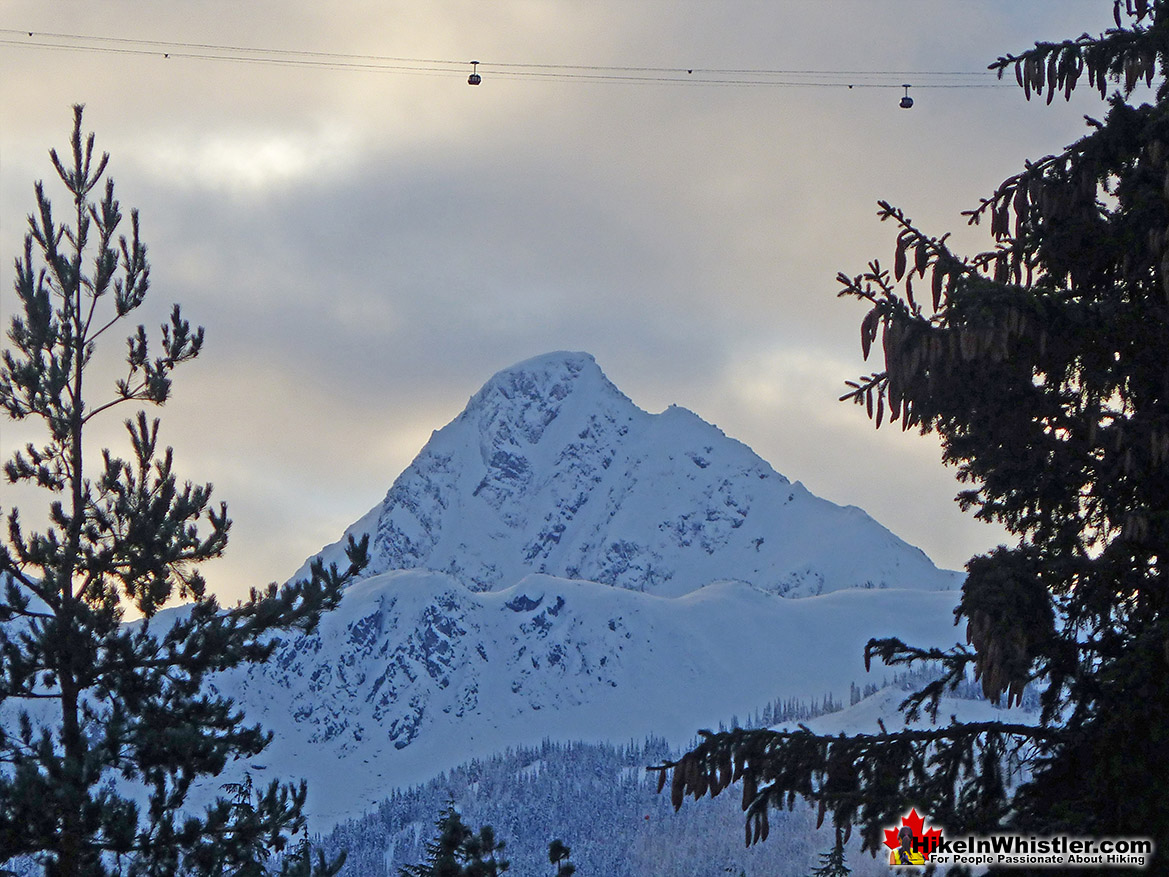
The Fissile and Russet Lake
The Fissile is part of Fitzsimmons Range and towers above Russet Lake. One of the many amazing campgrounds in Garibaldi Provincial Park. The Fissile has Russet Lake on one side and Overlord Mountain and Overlord Glacier on the other side. Russet Lake can be hiked to via the astoundingly beautiful Musical Bumps trail and the High Note Trail which start from the top of Whistler Mountain. To get to the top of Whistler Mountain you ride up the Whistler Gondola and then the frighteningly steep, though exhilarating Peak Express Chair. Alternatively you can hike to Russet Lake for free from Whistler Village via the Singing Pass trail which is the original route to The Fissile, Overlord Mountain and the alpine of Whistler Mountain.
Overlord Glacier and The Fissile
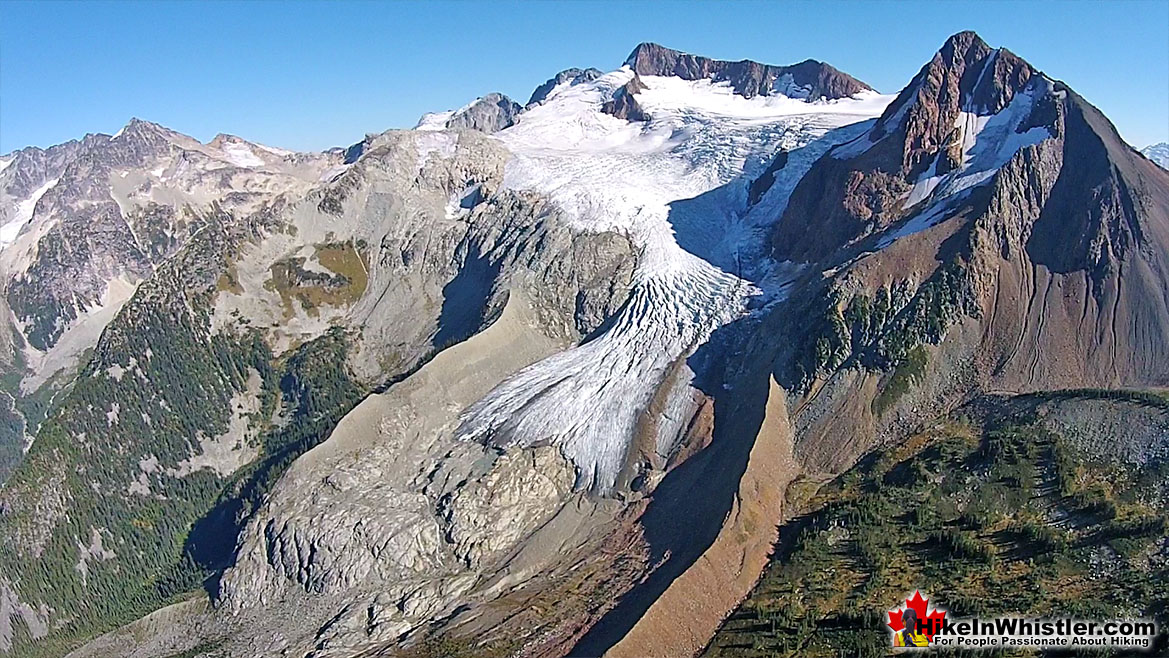
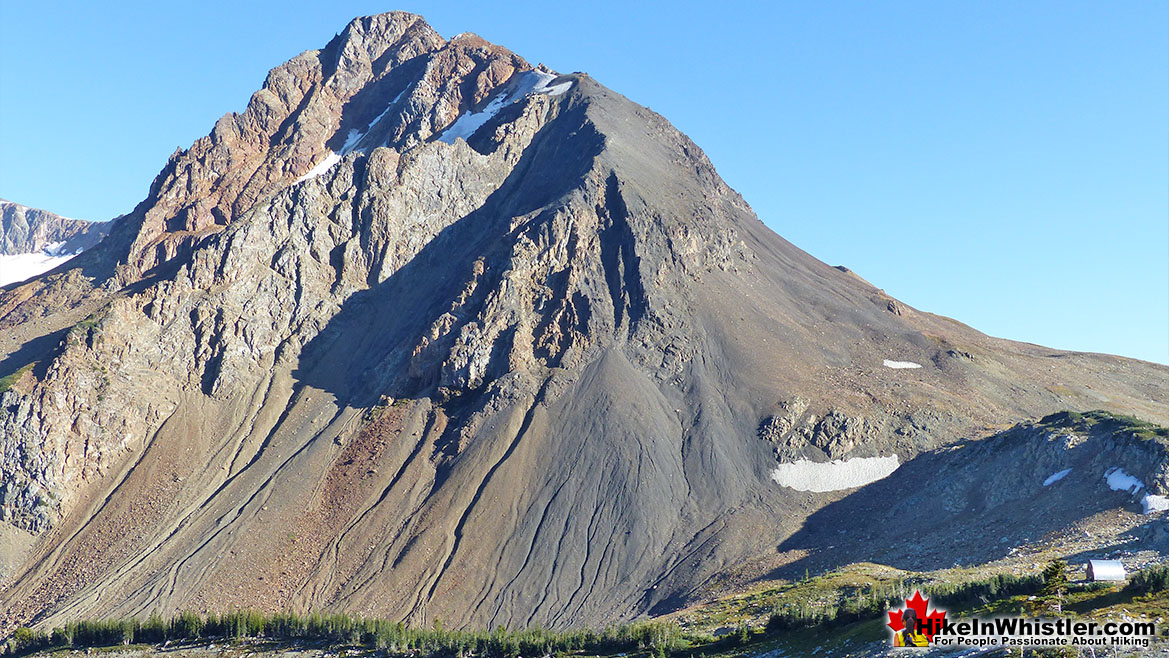
Overlord Glacier from Blackcomb Mountain
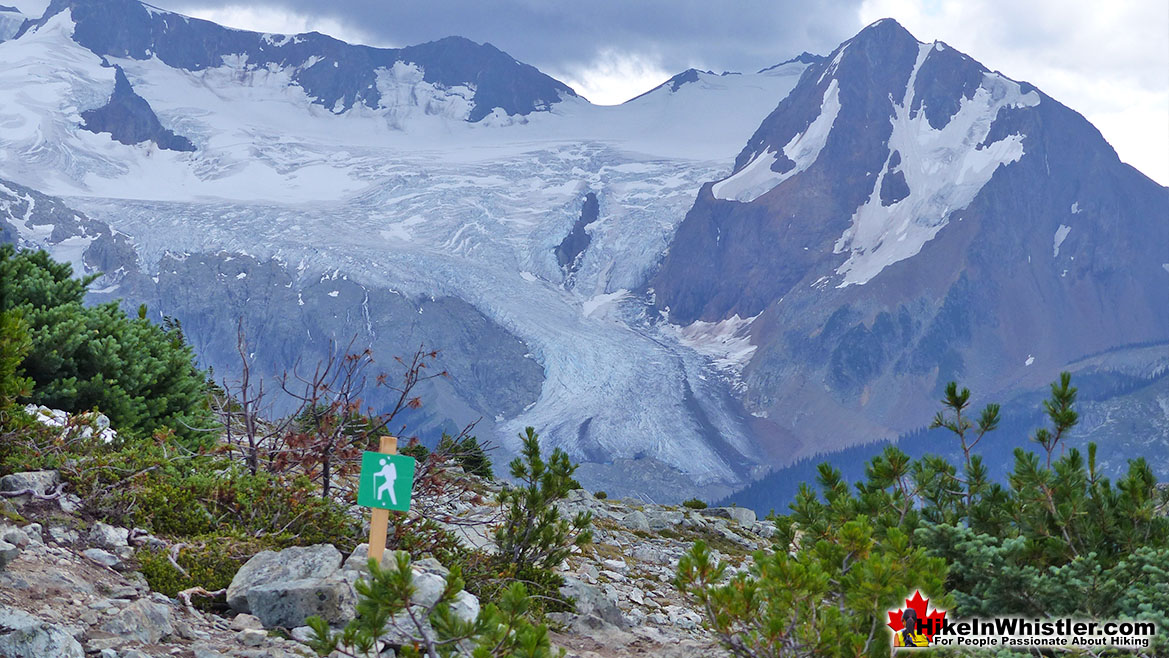
Geological Origin of The Fissile
The Fissile is quite a distinct mountain in Garibaldi Provincial Park because of its vivid red colour and symmetrical arrowhead shape. There is another, even more remarkable feature of The Fissile, its age. The sedimentary rock that would eventually become The Fissile was laid down more than 200 million years ago. The Fissile began its life as sedimentary rock formed in a shallow sea along the coast of North America. As tectonic plates pushed into the North American Plate from the Pacific, the Coast Mountains were formed over millions of years. The Coast Mountains are almost entirely comprised of geologically young mountains comprised of volcanic rock as opposed to The Fissile's ancient, crumbling slate. Black Tusk, for example is strikingly youthful at just over a million years old.
Fissility: the tendency of certain rocks to split along flat planes of weakness.
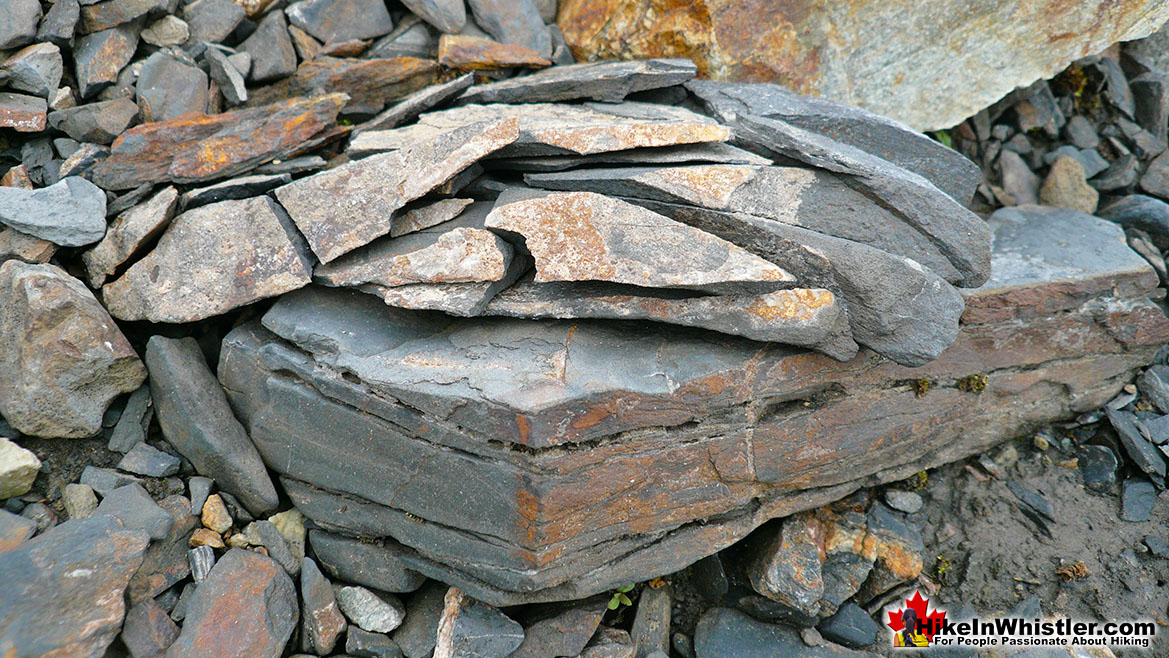
For decades The Fissile has been a destination and playground for outdoor adventure seekers year-round. In the winter it is one end of the popular Spearhead Traverse. The Fissile itself is a skiing destination on its own for expert skiers/snowboarders. In the summer The Fissile is next to a lot of Garibaldi Park hiking and camping activity at Russet Lake. From the Russet Lake campground, the summit of The Fissile is quite close, but a very challenging and potentially dangerous scramble to the top.
More Whistler & Garibaldi Park Hiking A to Z!
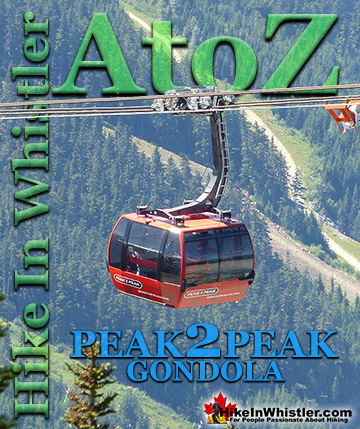
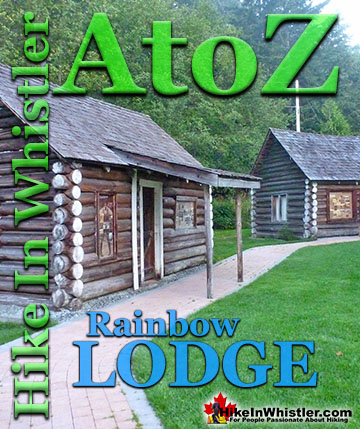
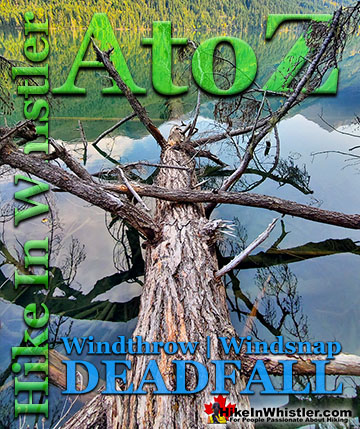
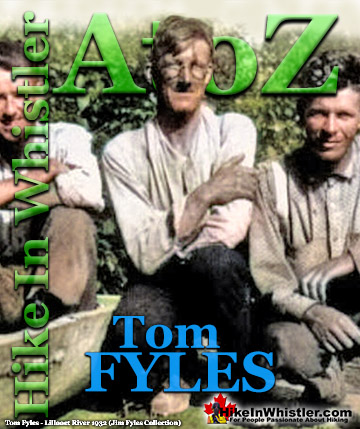
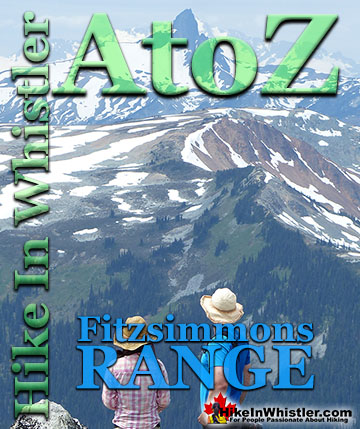
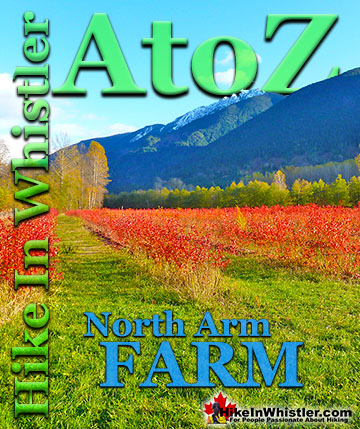
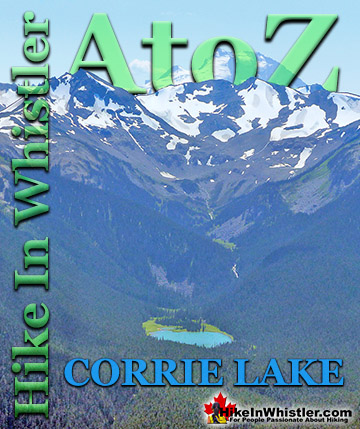
The Best Whistler & Garibaldi Park Hiking Trails!
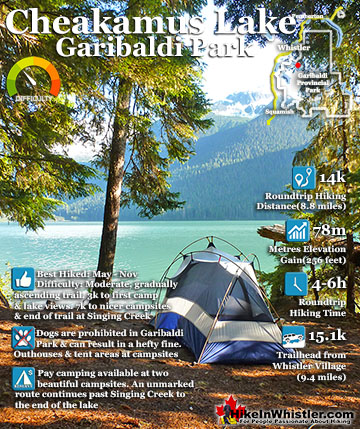

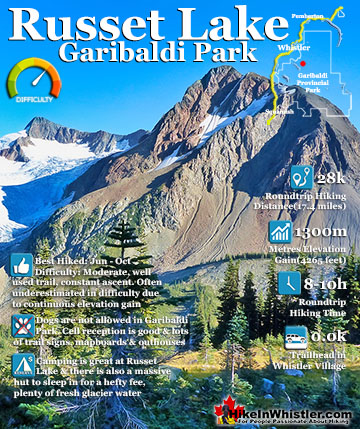
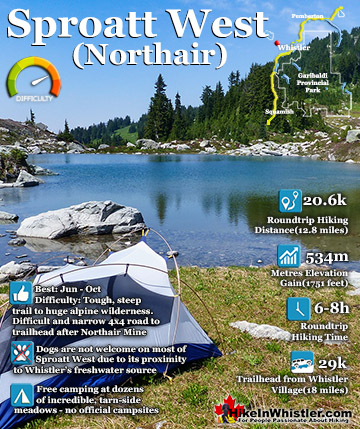
Whistler & Garibaldi Park Best Hiking by Month!

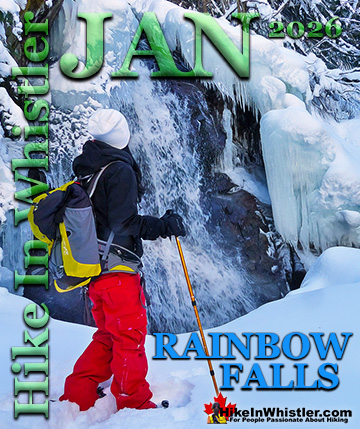
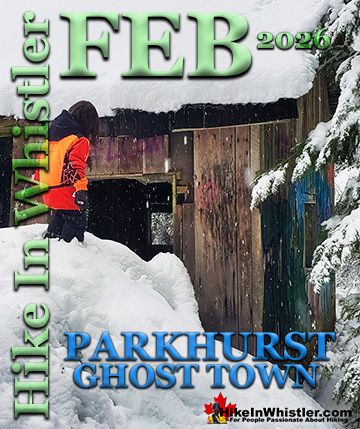
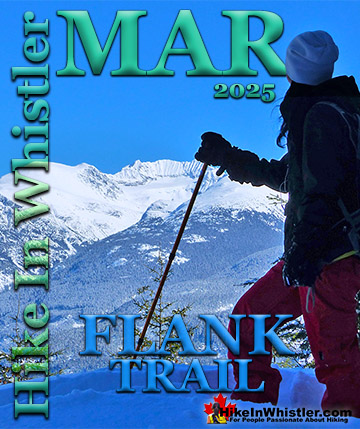
Explore BC Hiking Destinations!

Whistler Hiking Trails

Squamish Hiking Trails

Vancouver Hiking Trails

Clayoquot Hiking Trails

Victoria Hiking Trails



